Buckle up, drone squad! China‘s Tianwen-3 mission is sending a drone to Mars, and it’s straight-up nuts. Slated for a 2028 launch, this beast will nab 500 grams of Martian dirt and rocks by 2031, chasing signs of ancient life. The star? A Helicopter Drone with a robotic claw.
A CLAW! It’s like my DJI Mini 3 got a sci-fi glow-up. As a UAV pilot, I’m losing it over this Red Planet heist. Let’s dive into this cosmic drone op and why it’s got me so interested.
A Drone That’s a Martian All-Star
Tianwen-3 is a big deal. Two Long March 5B rockets will blast off in late 2028, hauling a lander, an ascent vehicle, a Mars orbiter, and this epic drone. I just keep thinking why they didn’t call our friendly folks at DJI.

(credit: CMSA)
The lander will scoop surface soil and drill two meters deep for prime samples. The drone, though? It’s the hero. Flying 100 meters out, it’ll hunt rocks that might hold biosignatures—clues to past life. With its claw, it’ll grab up to 100 grams of Martian loot and drop it into a capsule for Earth.

This drone’s built for Mars’ harsh vibe—thin air, freezing temps, and dust storms that’d crash my rig faster than a no-fly zone. China’s testing foldable quadcopters and coaxial designs, like NASA’s Ingenuity, to nail it.

The lander’s got a Mars Subsurface Penetrating Radar to scan deep layers, plus a Raman (not Ramen) and Fluorescence Analyzer to sniff out organic materials. As a videographer, I’m shock. Flying autonomously on Mars? That’s smoother than my best 4K shot. This builds on Tianwen-1, China’s first Mars win with the Zhurong rover.
The mission’s eyeing three landing zones: Amazonis Planitia, Utopia Planitia (Zhurong’s old turf), and Chryse Planitia. These spots have ancient lakes and deltas, perfect for biosignatures. They’re also below 3 kilometers altitude for better atmospheric braking. As a pilot, I get it—picking the right spot is like scouting a jungle for the perfect drone shot. Or checking for electric poles and cables before taking off: It’s gotta be safe but epic.
Keeping Earth Safe from Martian Bugs
Martian microbes? Hard pass. Tianwen-3’s got bio-risks locked down tight. The drone’s claw and tools are sterile to keep Earth germs off Mars’ samples. When those 500 grams land back home, they’ll hit a bio-containment lab—think hazmat suits, airlocks, and serious vibes. The Deep Space Exploration Lab will hunt for life traces while keeping Earth safe.
This cracks me up. I’ve scrubbed mud off my props after a rainy shoot in Ecuador, but sterilizing for Mars? That’s big-league. It follows global COSPAR rules to avoid cosmic oopsies.
As a pilot, I’m impressed. Drones aren’t just my go-to for wedding and commercial gigs; they’re science superstars. Tianwen-3’s astrobiology focus—targeting clay minerals and deep layers for organics—could answer if life ever partied on Mars.
Why This Drone Mission Has Me Hyped
Why should drone nerds care? Because Tianwen-3 is pushing tech to the stars. As a UAV pilot, I’m drooling over the trickle-down. The AI to fly 100 meters, dodge rocks, and claw-grab samples? That’s navigation gold. Imagine Earth drones scouting wildfires or filming jaguars without me sweating the sticks. My client shoots could go from great to galactic.
The mission’s a team effort. The drone pairs with a lander, covering more ground than a lone rover. There’s even talk of a six-legged crawling robot joining the party, though China’s keeping mum on that. It’s like me droning a volcano while my buddy grabs ground shots. China’s inviting international pals to join Tianwen-3, opening doors for global brainpower. Drones uniting Earth for Mars? I’m all in.
Here’s my hot take: this claw drone is wild, but it’s a wake-up call. Drone tech’s sprinting—mosquito-sized spies, now Martian claw-bots. Can my skills keep up? I’ve crashed enough quads to know tech moves fast. That’s why I am studying as much as I can about AI. What if some knucklehead misuses this? Still, I’m stoked. Those samples could prove life existed on Mars, and my passion’s part of that quest. China’s dropping $3.35 billion, rivaling NASA‘s Titan-bound Dragonfly. If Tianwen-3 nails it, China’s the new space king.

Let’s land this. Flying drones on Mars isn’t just a flex; it’s a leap. The science payloads—like the Mars orbiter’s magnetometer and multispectral camera—will map Mars’ secrets. As a pilot, I’m inspired. This tech could upgrade my kit, making flights smarter, shots tighter. I’m dreaming of telling clients, “My drone’s got a claw and a radar. Top that!” Mostly, I’m pumped to see if we find Martian life.
Will my next drone have a biosignature scanner? Keep soaring, fellow pilots. Mars is calling, and we’re buzzing back loud!
Images courtesy of China National Space Administration
Discover more from DroneXL.co
Subscribe to get the latest posts sent to your email.
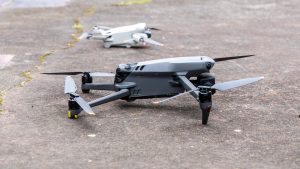
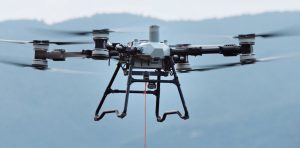
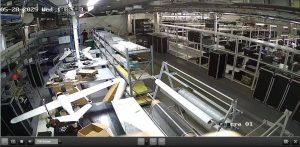






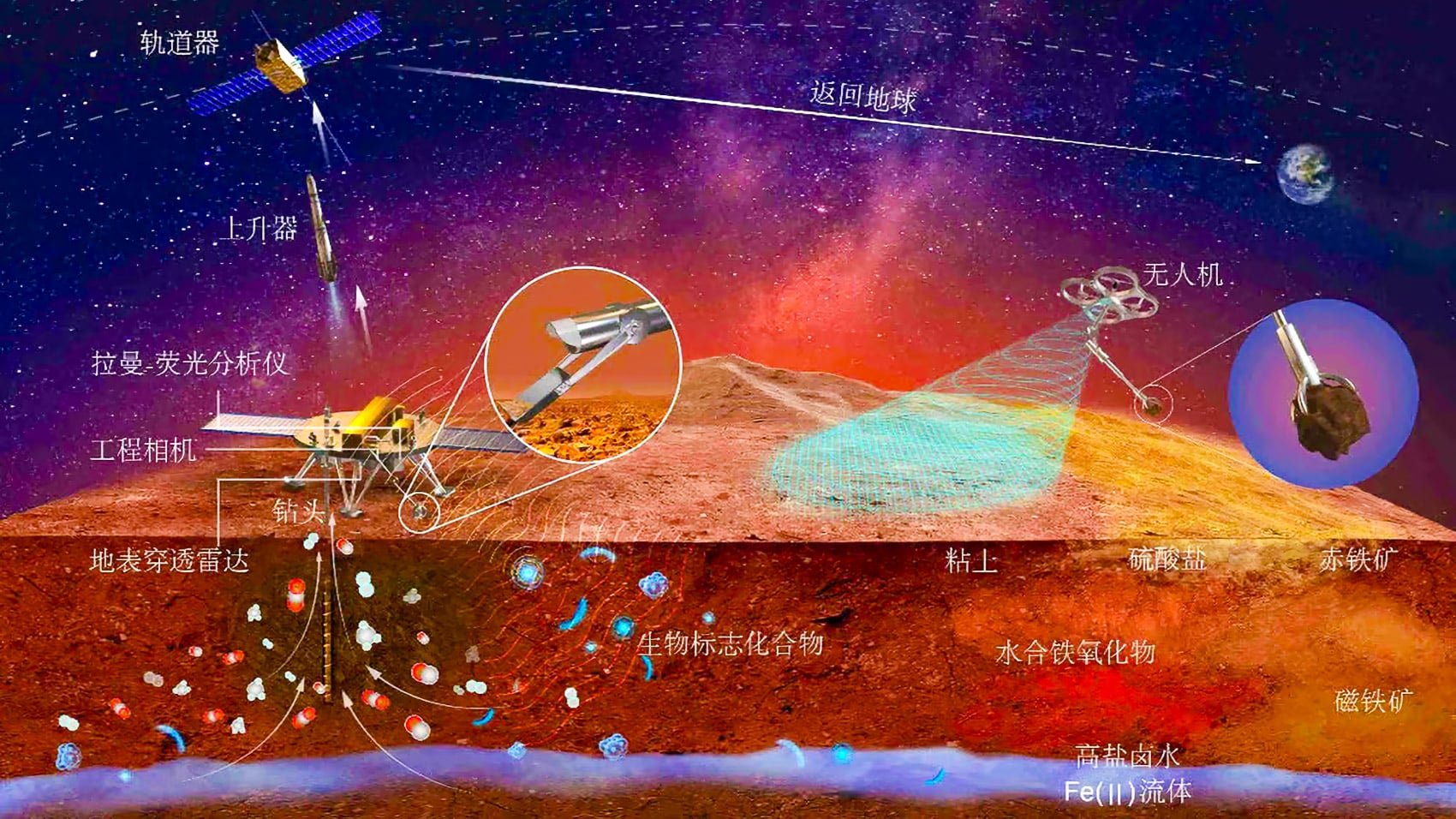


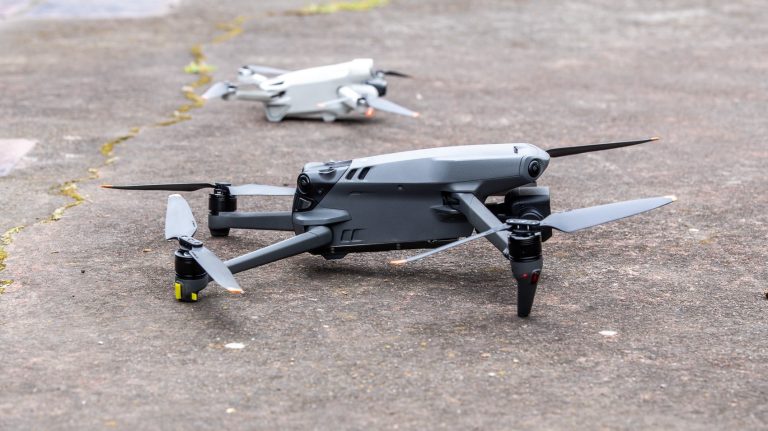
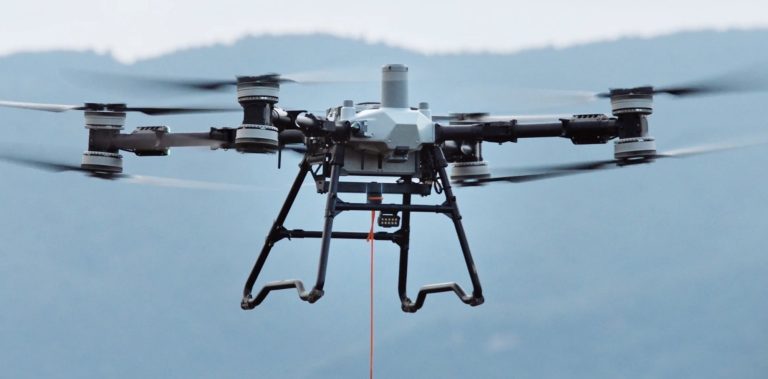
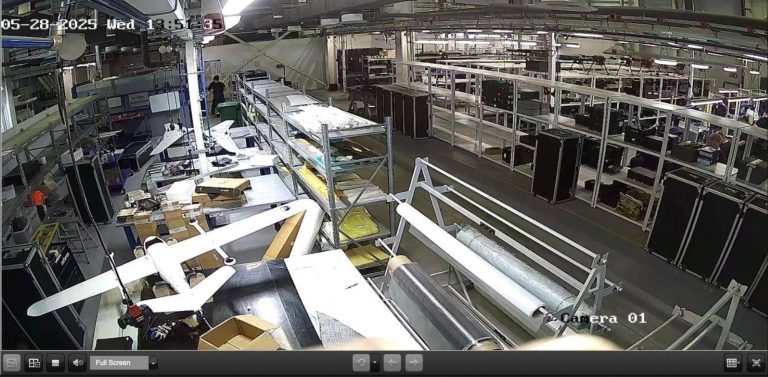

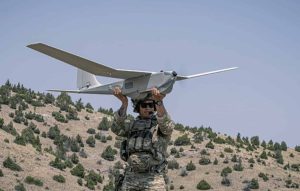
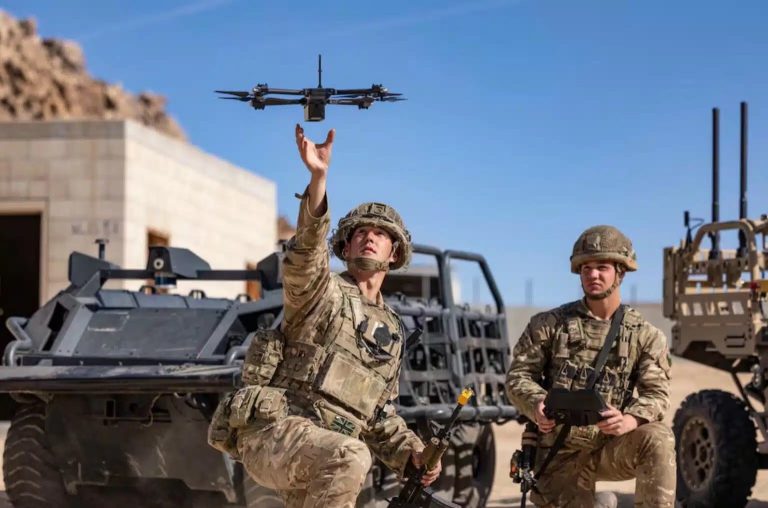




+ There are no comments
Add yours